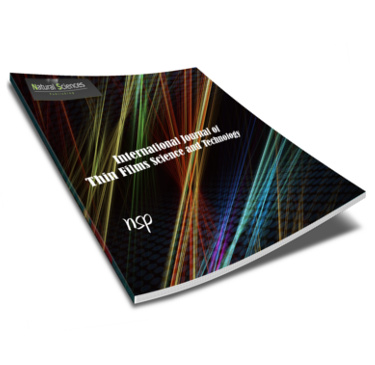International Journal of Thin Film Science and Technology

Abstract
Perovskite solar cells are the most promising photovoltaic technology in the current generation due to their rapid rise in efficiency (high absorption and large diffusion length), availability Initial the materials, low cost, easy to manufacture under very normal conditions, and high yield. This work concerned about modeled Titanium dioxide-based perovskite simulation model with FTO / TiO2 / CH3NH3PbI3 / NiO/Pt and used the solar cell capacitance simulator (SCAPS-1D) for analyzed. In this study NiO we used as Hole Transport Layer (HTM), TiO2as electron Transport Material (ETL) and CH3NH3PbI3 is the perovskite absorber. We study effects for change of the thicknesses for CH3NH3PbI3 absorber material and NiO as the (HTM) layer, TiO2 as the (ETL) layer, addition to environment temperature and work function on the major parameters of our device solar cells. The effected thickness of CH3NH3PbI3 various from (0.05 to 0.8) μm and the best efficiency are observed at 0.05 μm. When using the best thickness for layer CH3NH3PbI3 efficiency is constant at variant temperatures.
Recommended Citation
J. Edam, Murtadha; M. AbdulAlmohsin, Samir; A. Bilal, Dheyaa; and O. Oleiw, Mushtaq
(2024)
"Highest Efficiency of Perovskite Structure Solar Cells,"
International Journal of Thin Film Science and Technology: Vol. 13
:
Iss.
1
, PP -.
Available at:
https://digitalcommons.aaru.edu.jo/ijtfst/vol13/iss1/5

